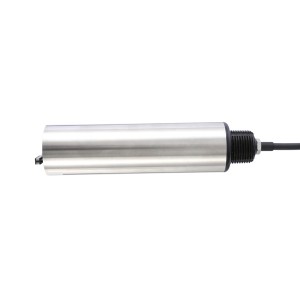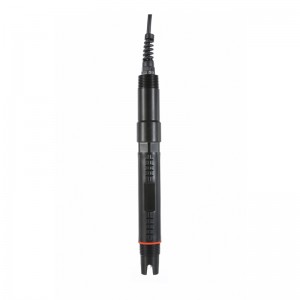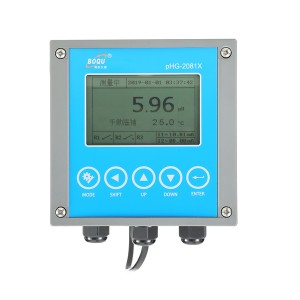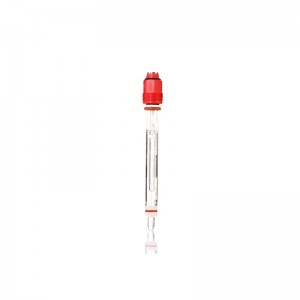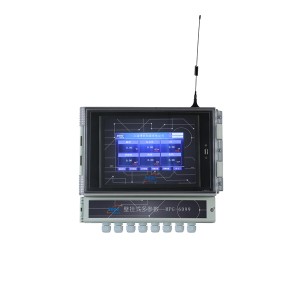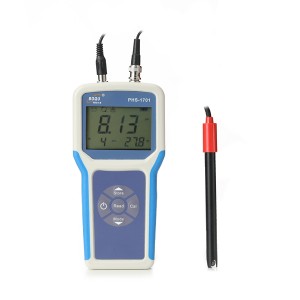In wastewater treatment and environmental monitoring, turbidity sensors play a vital role in ensuring the correct management of Mixed Liquor Suspended Solids (MLSS) and Total Suspended Solids (TSS). Using a turbidity meter allows operators to accurately measure and monitor the levels of suspended particles in water, providing valuable insights into the effectiveness of the treatment process and the overall quality of the water being treated.
MLSS and TSS are key indicators of the health and efficiency of wastewater treatment processes. MLSS refers to the concentration of suspended solids in the aeration tank of a sewage treatment plant, while TSS reflects the amount of suspended solids in the water. These two metrics are critical to assessing the effectiveness of the treatment process and understanding the overall quality of the treated water. By using a turbidity meter to measure the amount of light scattered or absorbed by suspended particles in water, operators can obtain accurate real-time data on MLSS and TSS levels so they can promptly adjust processes and ensure compliance with regulatory standards.
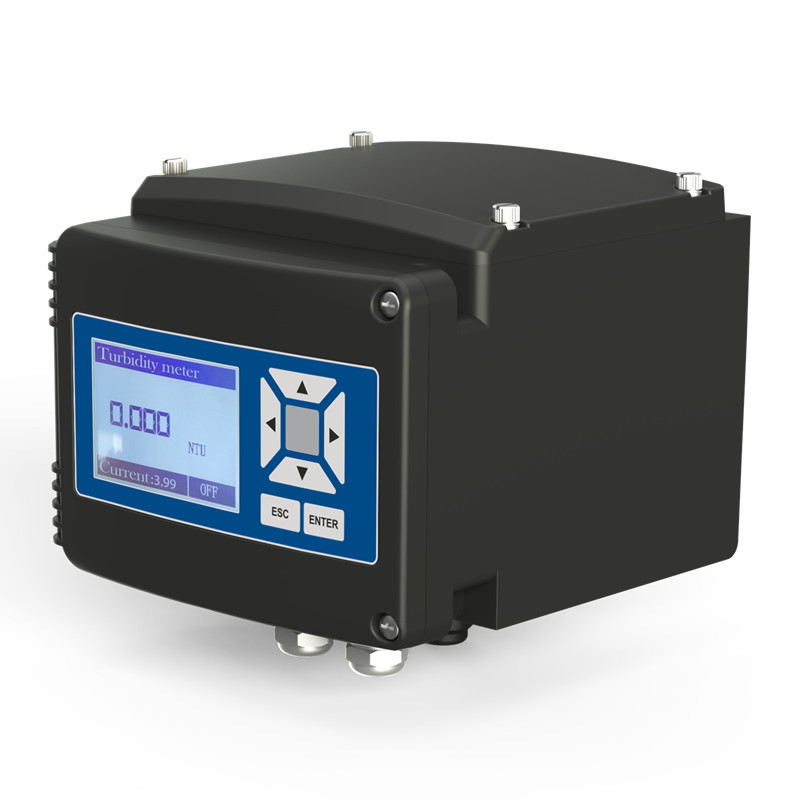

One of the main benefits of using a turbidity meter to monitor MLSS and TSS levels is the ability to quickly identify and resolve problems that may arise during processing. Fluctuations in MLSS and TSS levels may indicate problems such as improper solids settling, equipment failure, or changes in feed water characteristics. By continuously monitoring these levels using a turbidity meter, operators can detect these problems early and take corrective action to maintain optimal process performance. This proactive approach ultimately saves costs, reduces environmental impact, and improves the overall efficiency of wastewater treatment operations.
The data obtained from the turbidity meter can be used to optimize the treatment process and ensure that the wastewater discharged from the plant meets regulatory standards. By accurately measuring MLSS and TSS levels, operators can fine-tune aeration, settling and filtration processes to achieve desired treatment results. This not only helps minimize the environmental impact of wastewater discharges, but also ensures the protection of water quality for downstream users and ecosystems. Additionally, by demonstrating compliance with regulatory requirements, wastewater treatment plants can avoid potential fines and penalties and maintain public trust and confidence in their operations.
So, monitoring MLSS and TSS levels using a turbidity meter is critical for the effective management of wastewater treatment processes and the protection of water quality. These devices provide valuable insights into the concentration of suspended particles in water, allowing operators to make informed decisions to optimize process performance, resolve issues promptly and ensure compliance with regulatory standards. As the demand for clean water continues to grow, the importance of accurately and reliably monitoring MLSS and TSS levels cannot be overstated, making turbidimeters an indispensable tool in environmental monitoring and wastewater treatment.
Post time: Feb-21-2024



